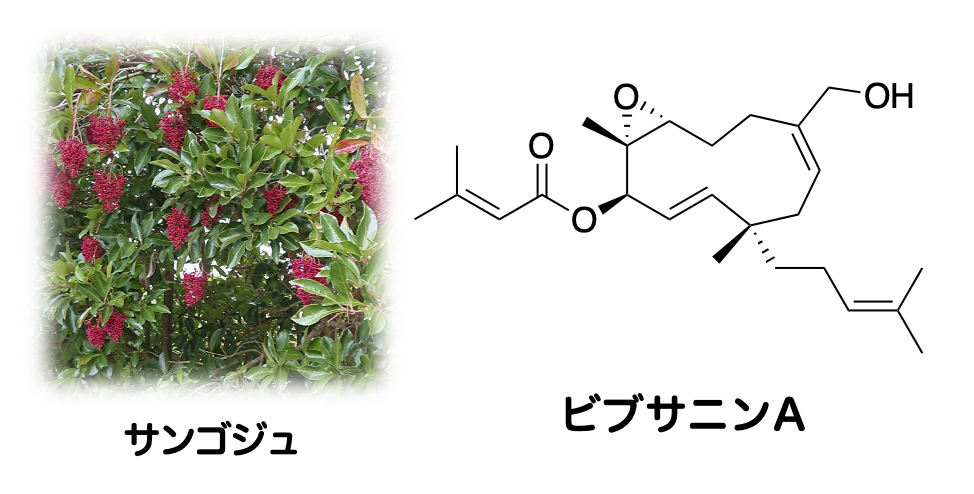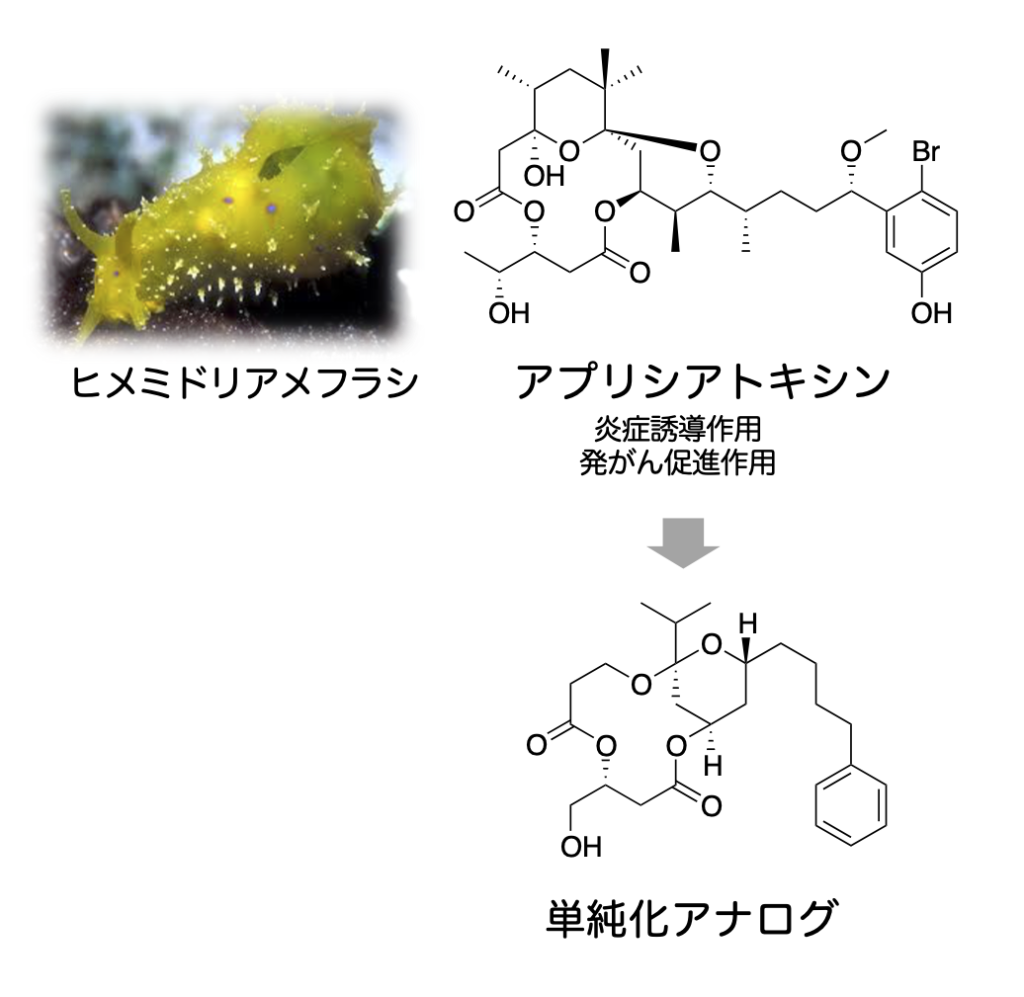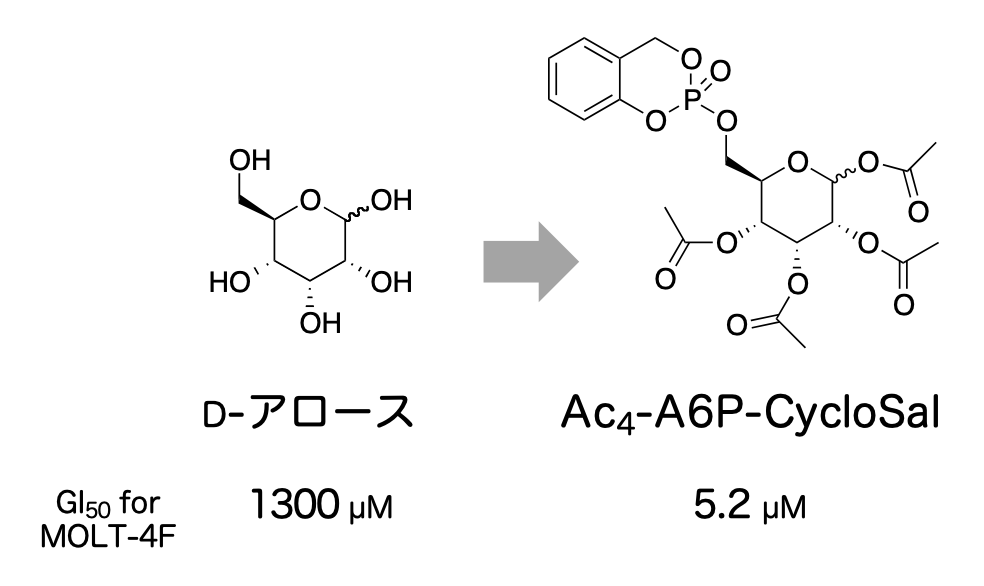Contents
Outline of Research
Natural products are secondary metabolites produced by various organisms, including plants, animals, and microorganisms. Humans have discovered many valuable substances. Examples include pesticides, antibiotics, and anti-cancer drugs. In our laboratory, we start with the search for such natural products that are useful for humans. Then we investigate questions: Why are they active?; What structures are essential for their activity?; How do they work?; What are the target molecules in vivo? We are currently studying the following three topics.
Structure–activity relationship study and derivative design of vibsane diterpenoids with antitumor activity
Vibsanin A, found in Viburnum odoratissimum trees, is a promising pharmaceutical seed that targets protein kinase C because of its anti-proinflammatory activity. However, the detailed binding mode to proteins and structure-activity relationships have remained unclear. Therefore, we are now studying to synthesize derivatives based on vibsanin A extracted from plants, evaluate their activity, and optimize vibsanin structures as protein kinase C ligands.

Design and synthesis of natural product analogs with anticancer activity
Aplysiatoxin isolated from sea hare has growth-inhibitory activity against cancer cells. Still, at the same time, it shows potent pro-inflammatory and tumor-promoting effects. However, its simplified analogs do not exhibit such undesirable effects, making them promising seeds for anticancer drugs. In this laboratory, we are designing, synthesizing, and evaluating the activity of analogs where simpler structures replace the spiroketal moiety of aplysiatoxin.

Discovery and derivative design of rare sugars with antiproliferative activity
D-Allose, a C3 epimer of D-glucose, has a growth inhibitory effect on several human cancer cell lines. However, no comprehensive evaluation of their activity has been conducted except for a few rare sugars such as D-allose and D-psicose. In addition, rare monosaccharides generally show their activity only at relatively high concentrations of millimolar or higher. Therefore, we are screening rare aldohexoses for their cancer cell growth inhibitory activity, analyzing their mechanism of action, and designing and synthesizing rare sugar derivatives that show cancer antiproliferative activity at lower concentrations.
